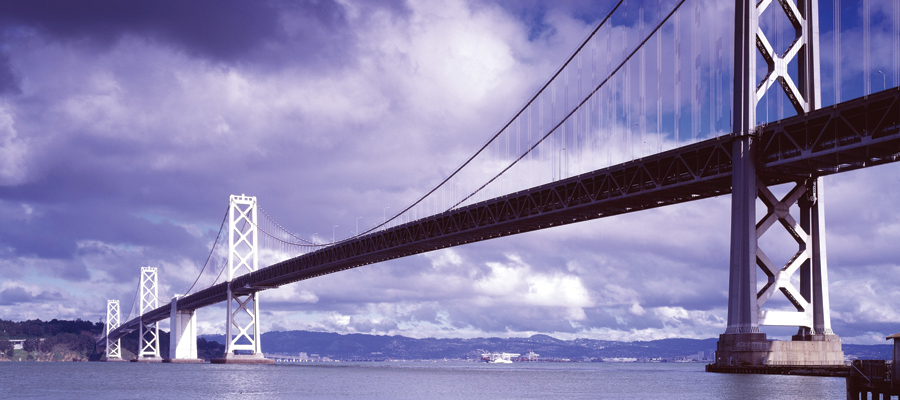Over seven kilometers long, the San Francisco-Oakland Bay Bridge comprises a quarter of one million motors in keeping with day. The bridge, constructed using close to 250 million kilograms of metal ought to aid a mass of 450 million kg of automobiles according to day, and around 500 thousand kg at any given time.
The possibility of bridge failure is scary, mainly when crossing a big structure like the Bay Bridge. In 1989, the Loma Prieta earthquake caused the Bay Bridge to fail. The vibrations from the earthquake had been so intense, they sheared the bolts that fastened a phase of the bridge into its seating. Because the earthquake vibrations elevated, the section turned into shifted seven inches to the east and the west end of the section shifted beyond the brink of the seating, inflicting the whole bridge section to fall apart onto the lowest deck; the collapse location changed into at pier E9, that’s placed midway between Yerba Buena Island and Oakland.
The Bay Bridge became designed to withstand earthquakes by implementing era that allowed the bridge to adapt to such dramatic environmental times. In fact, all bridges are designed to be reasonably flexible with an embedded “bend or destroy” layout philosophy; it’s miles assumed that the bridge may be concern to rather unpredictable outside forces and torques as a result of high wind speeds, temperature changes, heavy traffic, and on occasion even earthquakes. So if flexibility is crucial, how is it executed?

